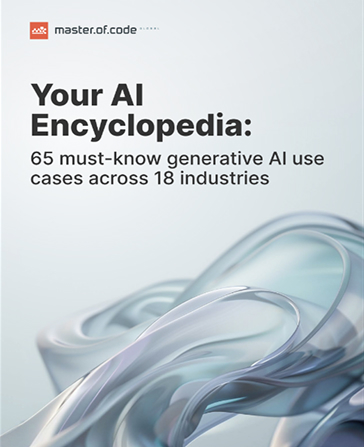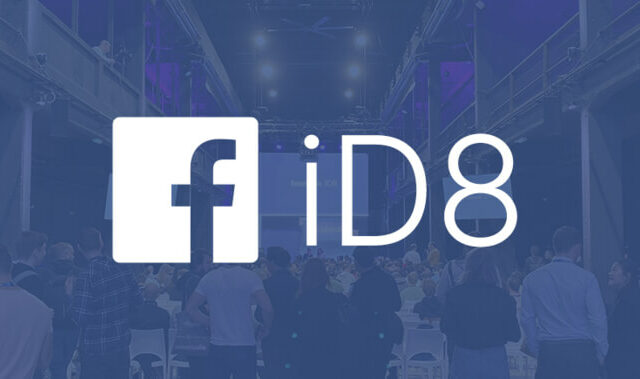We all are aware of current tendencies and the growing popularity of AI for businesses of all sizes. Both startups and enterprises may benefit from smart implementation of the advanced algorithms. Nevertheless, let’s dive deeper into the history of artificial intelligence and machine learning before breaking down the core concepts of how they may help you elevate customer experience.
In 1966, during changing societal norms and advancing technology, a significant moment occurred in the development of artificial intelligence. ELIZA, the groundbreaking chatbot, was born. This event marked a turning point in the landscape of AI.
Developed by the esteemed German Computer Scientist Joseph Weizenbaum, ELIZA drew inspiration from the famous 1950 publication “Computing Machinery and Intelligence”. The author of this publication is mathematician, philosopher, and theoretical biologist Alan Turing. His work defined machine intelligence as the capability to simulate human behavior so that the observer is unable to tell between interaction with a machine and a human.
This foundational concept is still serving as a cornerstone in the evaluation of AI. Unlike the machines of 1966, today’s counterparts regularly surpass the Turing Test, showcasing remarkable advancements in artificial intelligence over the last seventy years. This progress stands as a testament to the field’s remarkable evolution.
I propose to consider the question, “Can machines think?”
The increase in machine intelligence has brought the rise of chatbots for customer experience. They are expected to save businesses up to 2.5 billion hours of work. As advancements in artificial intelligence and natural language processing continue, it becomes increasingly challenging to distinguish humans from machines. The aim of this article is to provide readers with a general understanding of chatbots, their growing popularity, how they are typically built, and their value proposition for enterprise organizations.
Table of Contents
So What Are Chatbots?
Chatbots are computer programs that impersonate human conversation in its natural format. They communicate using sophisticated artificial intelligence techniques, such as Natural Language Processing, through text or voice interfaces. Over time, a chatbot learns from previous interactions and becomes incrementally more intelligent, understanding nuances in text or speech and handling more complexity throughout the conversation. For 48% of users, it’s more important that a bot solves their issues effectively rather than has a personality.
- Bots are pivotal in transforming client journeys by offering instant assistance, resolving queries promptly, and reducing wait times. The capability to understand natural language allows them to comprehend client inquiries, delivering personalized responses and recommendations. By automating repetitive tasks, chatbots improve customer experience, streamline processes, and free human agents for more complex issues.
- Moreover, bots facilitate seamless navigation through product catalogs, guiding consumers to find what they need effortlessly. They provide consistent service, maintaining brand voice and standards across interactions, which fosters trust and loyalty. Additionally, chatbots gather valuable data, enabling businesses to analyze trends and preferences, thereby tailoring services accordingly.
- Furthermore, conversational bots offer round-the-clock availability, ensuring assistance is accessible whenever clients need it, regardless of time zones or holidays. This constant support contributes to a positive client journey, enhancing enhancing brand reputation and differentiation in a competitive market.
It’s not surprising that big enterprises are looking to reap the benefits of these intelligent machines and with increased interest follows improved performance. Want to be among the companies that get powerful insights and drive success with AI?
If the alternative was to wait 15 minutes for an answer, 62% of consumers would rather talk to a chatbot than a human agent. Enterprises understand the benefits and advantages that AI can bring not only to their bottom line but more importantly to their customers.
Value Proposition of Conversational AI Solutions
Now, 39% of all chats between businesses and consumers involve AI. It is important to understand that bots are being developed to complement and support humans, not replace them. The benefits of chatbots for enterprises are abundant but will never substitute human ingenuity and passion. Below are a few use cases that highlight the potential for customer experience chatbots to drive consumer satisfaction and sales.
24/7 Availability
Computer programs do not require sleep and do not mind working 24 hours, 7 days a week for below minimum wage. That’s why people believe that these programs are smarter than them. Clients now expect service at any time of day or night; they want their questions answered or their feedback heard. 59% of customers expect a chatbot to respond within 5 seconds. The bots are being deployed to assist with this change in consumer expectations by providing an outlet for clients to engage and be serviced outside of business hours. People can now have their frequently asked questions answered, information requests delivered, and brands can continue to provide exceptional service through automation, minimizing costs.
Personalized Customer Experience
Conversing with someone who already knows your name, interaction history, and product preferences will almost always deliver a better experience than interacting with someone who repetitively asks for the same information. Bots have the capacity to integrate with client relationship management systems (CRMs) and inventory management systems (IMS) to provide a heightened client journey that is more efficient and engaging. Want to know when the new Google Home Hub becomes available in your city? A quick message to the Best Buy chatbot would respond with the correct information instantly. It even has the ability to ask you if you would like to pre-order the device or browse a similar product instead.
No longer are people willing to look up a phone number, dial the number, and go through pre-set menu options only to be told to stay on the phone while they transfer them to an available agent and then to be put back on hold while the agent looks up that information for them.
Accuracy
Chatbots exhibit remarkable accuracy in delivering information, leveraging advanced algorithms and natural language understanding. They efficiently interpret user queries, providing precise responses tailored to individual needs.
This accuracy enhances customer satisfaction by ensuring quick problem resolution and relevant recommendations. Enterprises benefit immensely from bots, as they foster trust, loyalty, and positive brand perception among consumers. Tailored responses streamline client service operations, reducing the likelihood of errors and misunderstandings.
Moreover, by consistently delivering reliable information, bots contribute to higher conversion rates and increasing sales. Ultimately, these features allow you to improve customer experience with chatbots, driving growth and success for businesses.
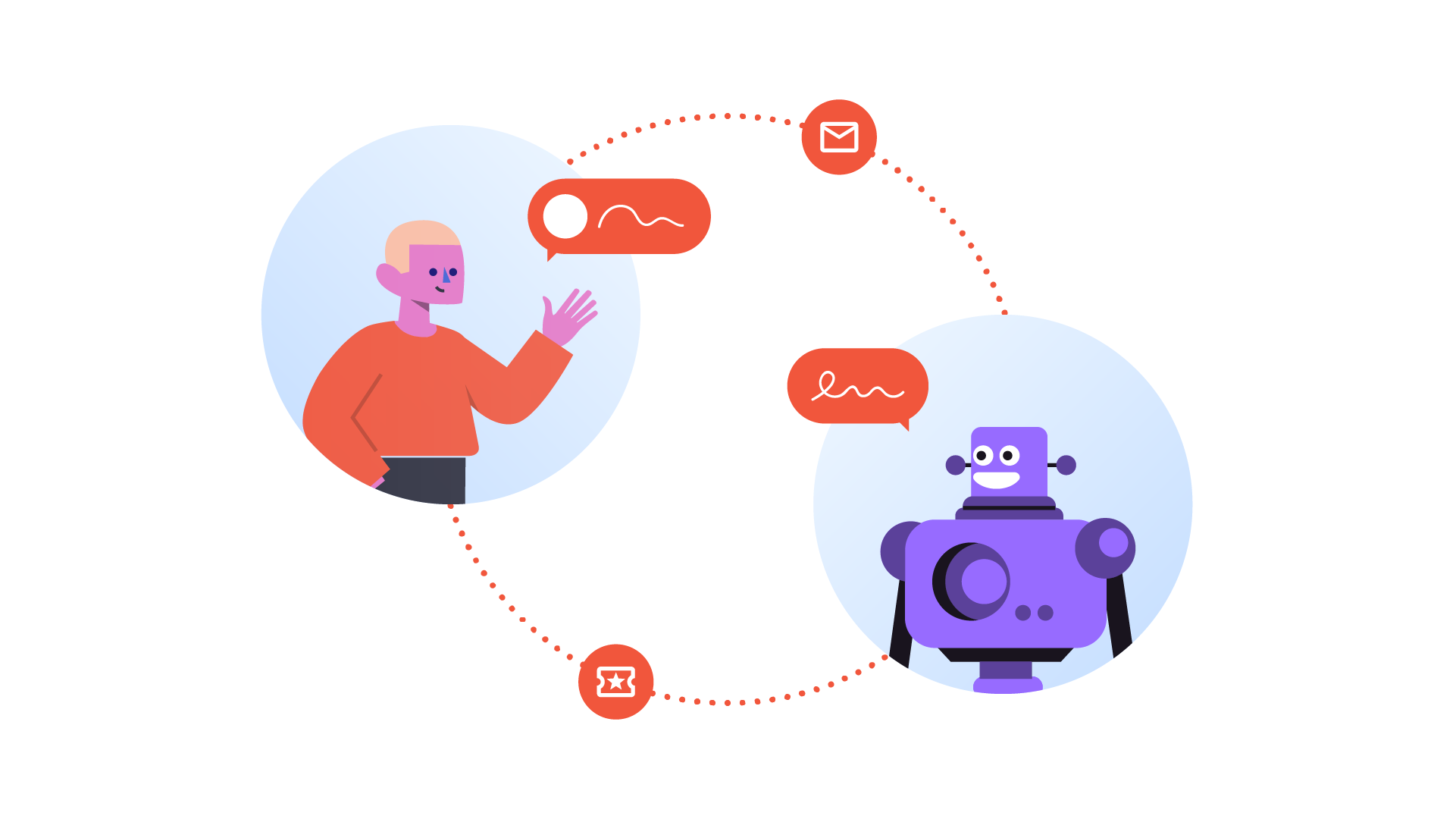
Omnichannel & Multilingual
Companies benefit from increased efficiency and scalability as chatbots handle interactions across multiple channels simultaneously. Furthermore, they smoothly integrate with different communication options and cater to a wide range of language preferences. These bots ensure consistency across channels, enabling smooth transitions between the web, mobile apps, social media, and more.
By being multilingual, they engage with a broader audience, breaking language barriers and expanding market reach. This versatility fosters loyalty and retention. Additionally, such capabilities enable global expansion, tapping into new markets and driving revenue growth.
Self-Service
These conversational solutions offer enterprises a cost-effective solution for managing consumer inquiries and support. By providing instant responses to frequently asked questions, they reduce the burden on human agents, freeing up resources and improving efficiency.
Such bots empower clients to find solutions independently, enhancing contentment and reducing wait times. Businesses worldwide are already reaping the benefits from reduced operational costs and increased productivity as customer service chatbots handle routine inquiries around the clock. Additionally, they contribute to higher client retention rates by offering quick and convenient assistance.
Cost Reduction
In the realm of business operations, chatbots emerge as invaluable assets, primarily by trimming operational expenses. Through the automation of repetitive tasks and the streamlining of processes, they mitigate the necessity for human intervention, consequently lowering labor costs.
By efficiently managing routine flow, they bolster productivity and optimize resource allocation. The average cost of one chatbot interaction calculator is $0.50-0.70. Furthermore, operating 24/7, these conversational solutions furnish uninterrupted support without necessitating additional staffing. Their integration leads to heightened scalability and augmented profitability. Overall, cost reduction bots not only contribute to immediate savings but also facilitate sustained efficiency and growth, cementing their status as indispensable tools for enterprises aiming to fortify their bottom line.
Analytics
Data analytics is another way chatbots improve customer experience. There is something inherently special about raw data, yet capturing the sentiment, range, and needs of a company’s knowledge base is challenging. Often companies capture this type of data through surveys, complaint/feedback systems, or transcribed call recordings. Whereas transactional data is easy to capture, and although it can provide insights, it cannot provide a 360-degree view of the person. Using an AI bot enables the capturing of qualitative data that can be used to improve business processes or product selection.
Every conversation is analyzed, comprehending the pain points of each client and becoming increasingly aware of their true needs. With consumer demands evolving faster than ever, having chatbot analytics can ensure companies are evolving faster, allowing strategies to be developed that follow the latest consumer trends.
How Are These Bots Developed?
Chatbot development consists primarily of a channel interface, a Natural Language Understanding (NLU) or Natural Language Processing (NLP) engine, a bot platform that may allow 3rd party integrations, and a little creativity.
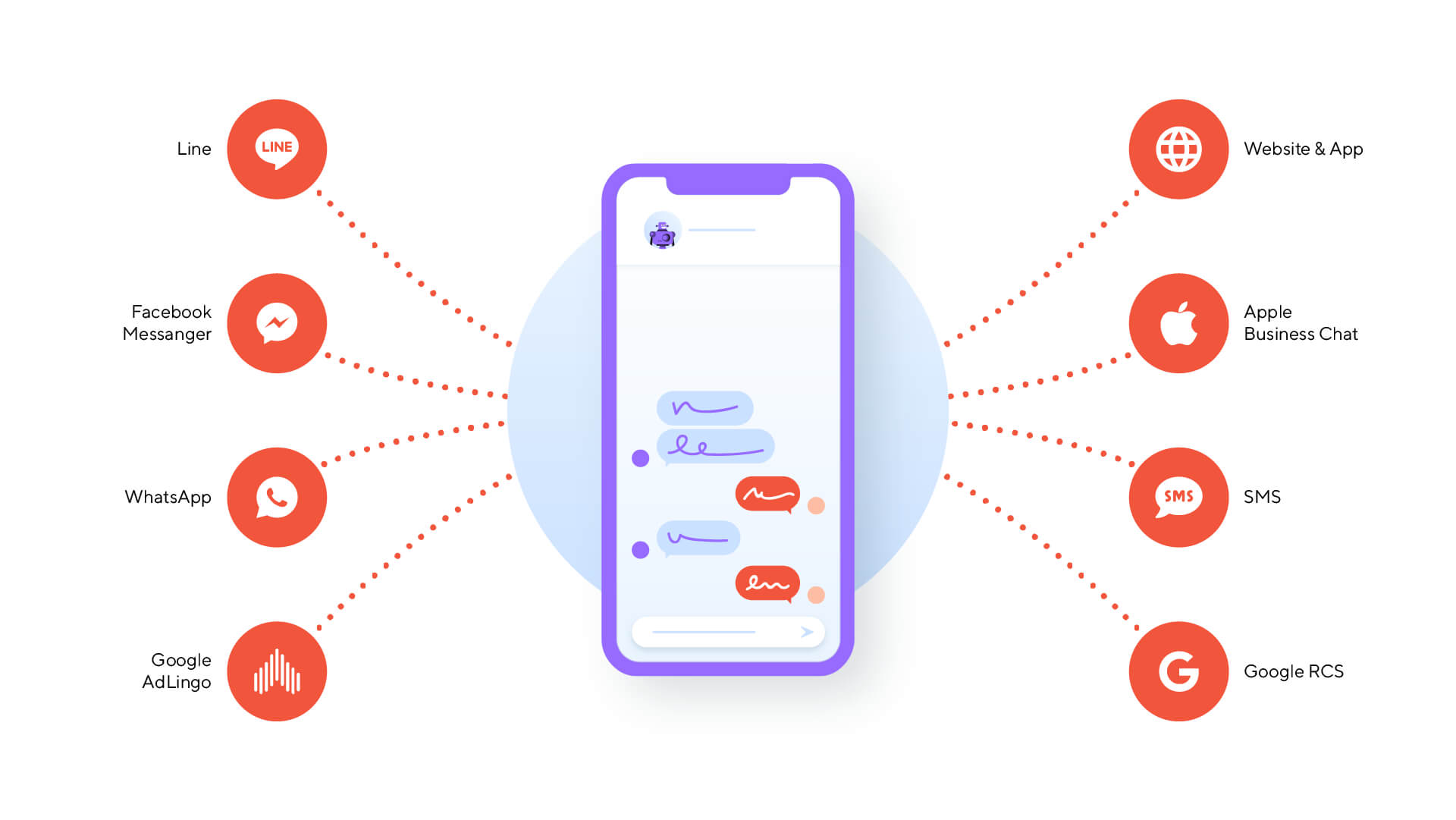
Channel Interfaces
A channel interface is simply the way in which users will interact with the bot, whether it’s through Facebook Messenger, SMS, website widgets, Slack or WhatsApp. Today, these channels are exploding with branded AI bots. With Messenger being used by over 1 billion users, it’s no surprise that there are over 300,000 bots on the platform serving customers every day.
NLU/NLP Engines
Although there are many different implementations of NLU/NLP engines available, we will focus on intent classification machine learning which involves training the bot to understand intents by attributing them with multiple keywords and phrases that users are expected to input into the AI bot. The more the model is trained, the more it understands patterns and learns from them. It’s important to understand how these systems make sense of this data in order to develop a chatbot that correctly answers and guides users.
Intents
An intent is a specific action that a user can invoke or the user’s intention. An example of intent would be if a user types “show me yesterday’s financial news”. The user’s intent is to see a list of financial headlines from yesterday. In development, intents are given names, often a verb or a noun, for this particular case it could be “showNews”. Further, we would define a list of utterances or keywords that would be attached to the relevant intent. For instance, under our “showNews” intent we could have the following utterances:
- “Show me yesterday’s financial news”
- “What’s happening in the financial news”
- “Tell me some news about finance”
Entities
Entities are properties that assist NLU/NLP engines in identifying and extracting meaningful data from natural language inputs, this can consist of a name, location, or date. When the engine parses the user requests and identifies an entity, that value can then be used within the following request. For instance, if a user inputted “Show me yesterday’s financial news”, the word yesterday and financial would be considered entities.
Read also: Instruments to Develop NLP Chatbot
Integrations
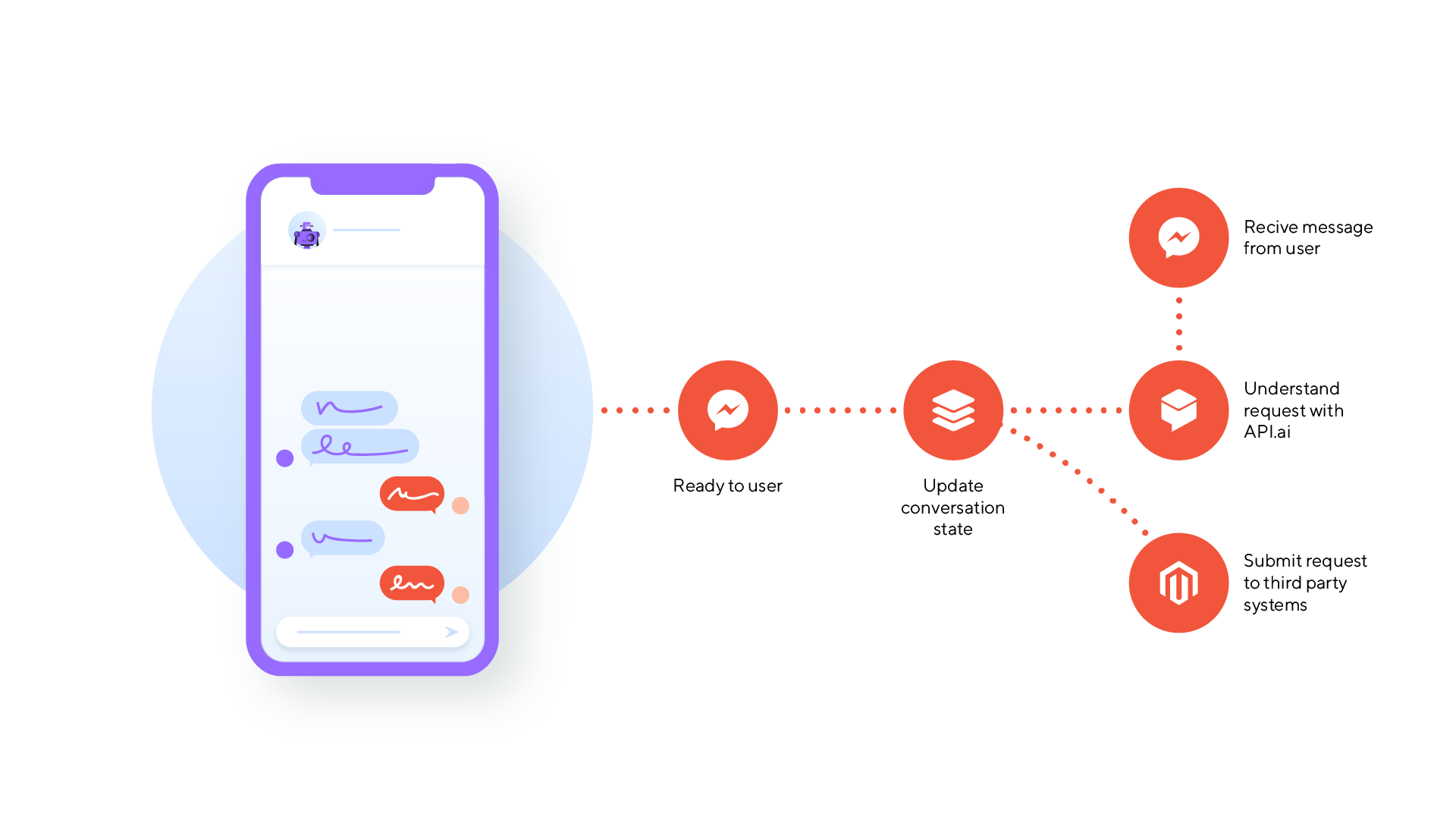
A bot’s capabilities can be extended using third-party APIs which can be integrated into the bot. When the NLU/NLP engine has determined the user’s intent, the next step would be to request that information from some source and send it back to the user to fulfill their request. If we want to create a weather bot that responds to weather and forecast-related requests developers can simply leverage an existing weather API, or maybe we want to schedule an appointment using the Google Calendar API. The possibilities are only limited by imagination.
Conclusion
Now you can easily transform customer experience with chatbots. With businesses increasingly allocating resources to their development it’s only a matter of time before each bot developed will be able to pass the Turing Test. It is the relentless pursuit to provide superior AI customer service to demanding consumers where Conversational AI will be most commonly utilized. However, the possibilities are endless and the agony of being stuck on hold is nearing its extinction. Master Of Code Global, AI chatbot development company, is here to assist you in implementing AI bots effectively.

